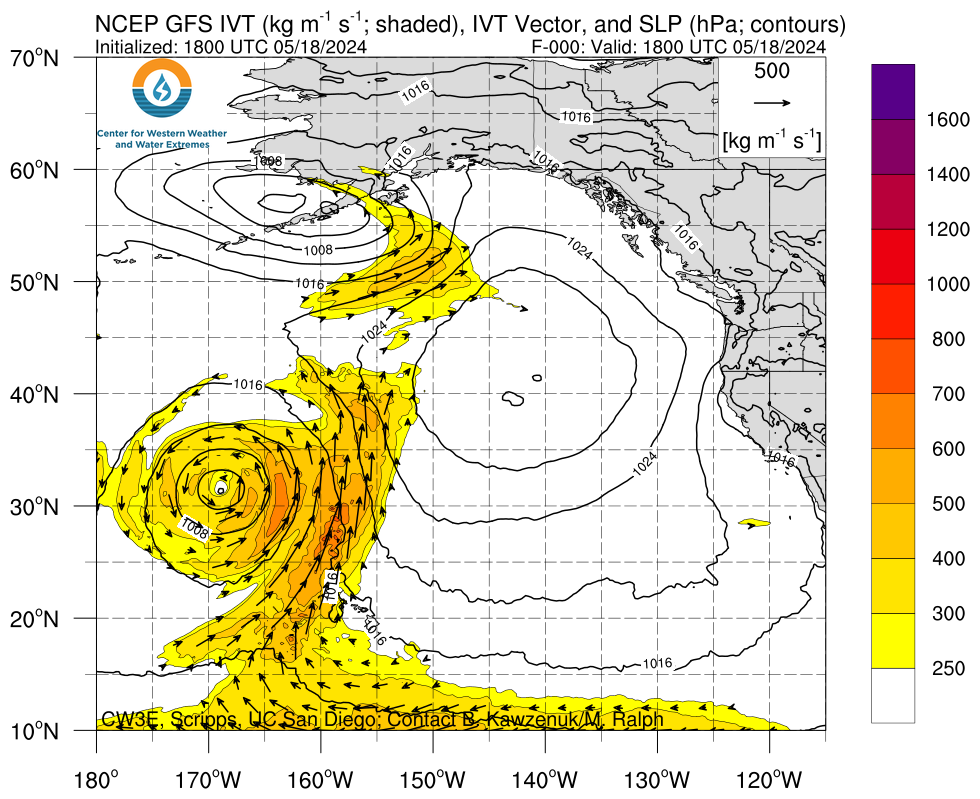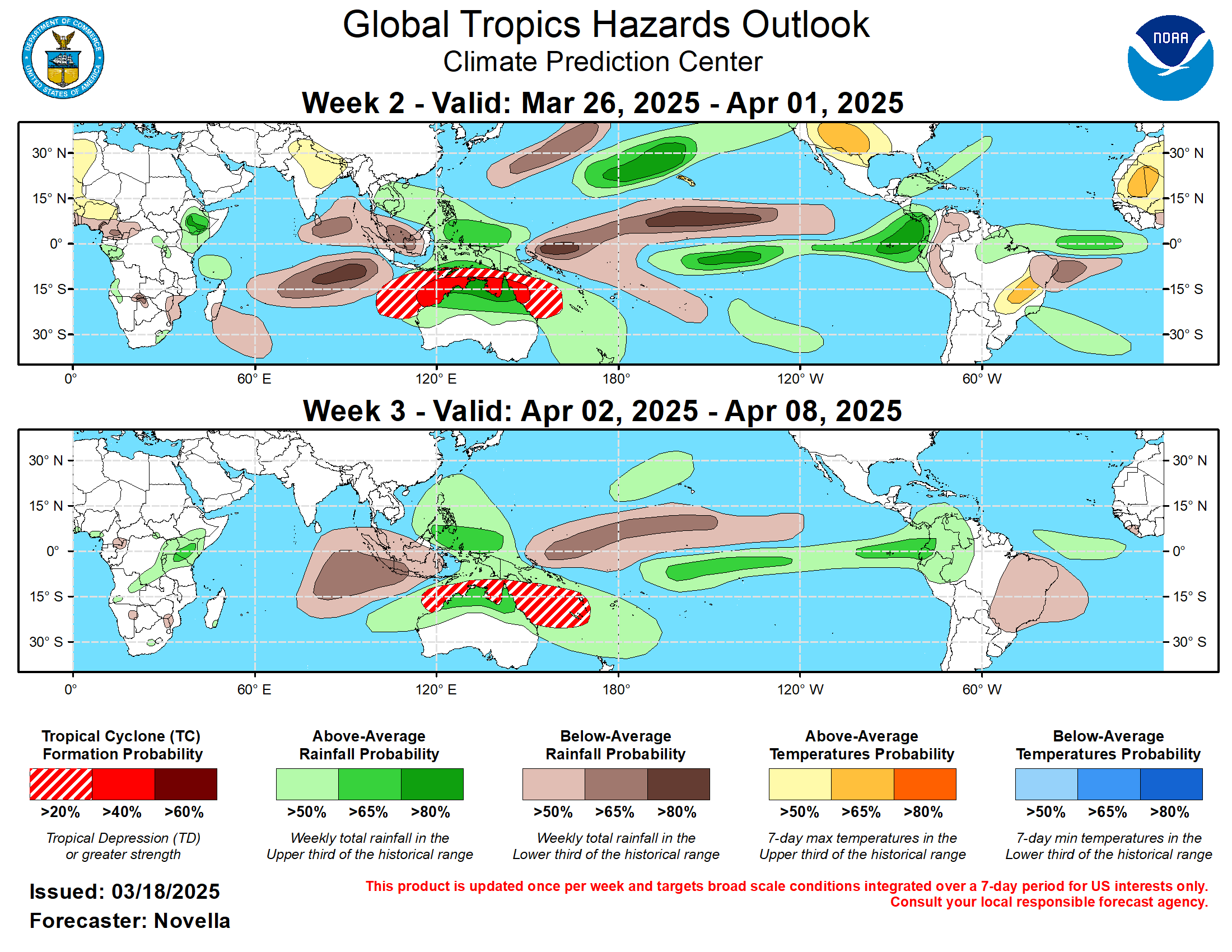This article focuses on what we are paying attention to in the next 48 to 72 hours. The article also includes weather maps for longer-term U.S. outlooks and a six-day World weather outlook which can be very useful for travelers.
First the NWS Short Range Forecast. The afternoon NWS text update can be found here after about 4 p.m. New York time but it is unlikely to have changed very much from the morning update. The images in this article automatically update.
Short Range Forecast Discussion
NWS Weather Prediction Center College Park MD
Tue Jul 02 2024
Valid 12Z Tue Jul 02 2024 – 12Z Thu Jul 04 2024…Dangerously hot conditions to impact much of the southern Plains, lower
Mississippi Valley, and western U.S. this week……Severe thunderstorms and flash flooding possible over portions of the
Midwest through midweek……Unsettled weather with localized flash flooding chances continue across
the Southeast and southern Rockies…Over 60 million residents are currently under heat-related watches,
warnings, and advisories this morning as early-July heat swelters much of
the south-central and western United States. The weather pattern
responsible for the potentially record-breaking heat includes upper-level
ridging just off the West Coast and and a separate upper ridge over the
south-central U.S. today before sliding to the east by midweek. For the
southern Plains, high temperatures are forecast to soar into the upper 90s
and low 100s. When combined with elevated humidity levels, heat indices
are forecast to rise into the 110s across the lower Mississippi Valley and
Gulf Coast. Excessive Heat Warnings and Heat Advisories currently span
from Kansas/Missouri to the Gulf Coast States. After enjoying a refreshing
start to the workweek, the Midwest and East Coast can expect a gradual
return to muggy summer warmth by Wednesday as surface high pressure
reorients itself off the East Coast and ushers in southerly flow. Extreme
heat building throughout the West Coast and more specifically interior
California this week will be particularly dangerous for those without
effective cooling. High temperatures away from the immediate coastline are
forecast to reach into the 105-115F range, which could break numerous
daily records in the San Joaquin and Sacramento Valleys. Heat begins to
build northward on Independence Day as highs into the 90s reach Oregon and
interior Washington. Excessive Heat Warnings, Watches, and Heat Advisories
go into effect today for some and stretch from southwest Washington to the
Desert Southwest. The duration of this heat wave is concerning as the
current forecast keeps scorching conditions in place through at least the
end of the week. This magnitude and duration of heat could pose a danger
to the public if proper heat safety is not followed. This includes staying
hydrated, out of direct sunlight, and in properly air-conditioned
buildings. Additionally, it is very important to check on vulnerable
friends, family, and neighbors to confirm their safety.Active and stormy weather associated with a few storm systems progressing
from the northern Rockies to the Midwest this week will create fireworks
of their own this holiday week. Initially, a cold front swinging from the
upper Midwest to the Great Lakes by early Wednesday is forecast to spark
numerous thunderstorms from northeast Kansas to central Wisconsin. Some
storms could turn severe and produce damaging wind gusts, a few tornadoes,
and large hail from northeast Kansas to southern Iowa. This area is
highlighted by the Storm Prediction Center as having an Enhanced Risk
(level 3/5) of severe weather. Thunderstorms are also expected to contain
intense rainfall rates as elevated levels of atmospheric moisture content
remain in place. Flood Watches have been issued for much of Iowa, with the
threat of scattered flash floods also encompassing much of the Midwest
today. For areas experiencing swollen rivers from prior rainfall, any
additional heavy rain could exacerbate flooding concerns. By Wednesday, a
cold front is forecast to stretch from the lower Great Lakes to the
central/southern Plains and provide a focus for additional potent
thunderstorms across the mid-Mississippi Valley. Once again thunderstorms
are expected to produce the potential for damaging wind gusts and flash
flooding. A separate area of potentially organized convection may impact
the central High Plains, where a greater threat for large hail and
tornadoes exists. The Fourth of July will feature the aforementioned
frontal boundary lingering over the Ohio Valley and lifting as a warm
front over the central Plains as an area of low pressure ejects off the
High Plains. This will lead to shower and thunderstorm chances from the
northern Plains and Midwest to the Ohio Valley and Mid-Atlantic, with the
highest chances for severe weather extending from eastern Kansas to
central/southern Missouri.Continued sufficient moisture content over the Southwest and southern
Rockies will also aid in the development of daily showers and
thunderstorms capable of producing localized instances of flash flooding
through midweek. Regions most likely to be affected by scattered downpours
include southeast Arizona and New Mexico, with burn scars and sensitive
terrain the most at risk for flash flooding. Meanwhile, a dying stationary
front entering the Southeast from the western Atlantic will also aid in
daily widely scattered thunderstorms across the Gulf Coast, Florida, and
the Southeast coastline/southern Georgia.
To get your local forecast plus active alerts and warnings click HERE and enter your city, state or zip code.
Learn about wave patterns HERE.
Then, looking at the world and of course, the U.S. shows here also. Today we are looking at precipitation.
Please click on “Read More” below to access the full Daily Report issued today.
| Notices: What would you like to learn about? Please provide that to me via the comment section at the end of the article. |
Now more detail on the 48-Hour Forecast (It is a 48 to 72 Hour Forecast actually)
Daily weather maps. The Day 1 map updates twice a day and the Day 2 and 3 maps update only once a day. These maps update automatically. But if that does not happen, you can get updates by clicking HERE
TODAY (or late in the day the evening/overnight map will appear) (Key to surface fronts shown on maps and you will then also be able to insert a city name or zip code and get a local NWS forecast).
TOMORROW
NEXT DAY
We have a new animation of the forecast which shows how things may play out over the next 60 hours. To update click ANIMATION. Doing so will get you to the dashboard. You can then step through the animation or hit LOOP on the upper right of the display. You will have to hit the back arrow ← at the top left on your computer to get back into this article. It is a little more trouble than before but I think NOAA scrapped the animation routine I was using so we have to keep up with “progress”.
The NWS Climate Prediction Center’s: Watches, Warnings, and Advisories plus other information can be found HERE. That takes you to the NWC Severe Weather Site. From there you can select among many categories of information. Remember to hit the back arrow ← at the top left of your screen to return to this article.
ATMOSPHERIC RIVERS
This tells us what is approaching the West Coast. Click HERE to update If I have not gotten around to doing the update. Here is some useful information about Atmospheric Rivers.
Below is the current five-day cumulative forecast of precipitation (Updates can be found HERE)
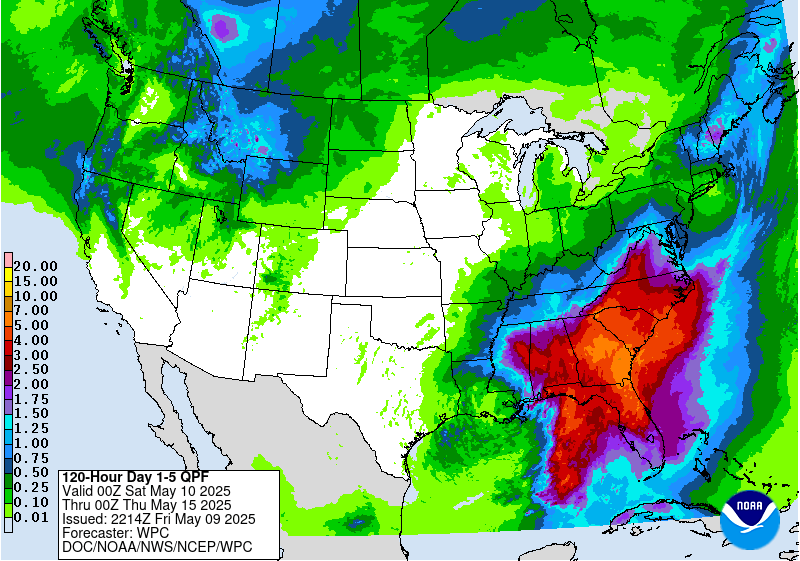
Ski SnowReports will Resume in the Fall.
Now we look at Intermediate-Term “Outlook” maps for three time periods. Days 6 – 10, Days 8 – 14, and Weeks 3 and 4. An outlook differs from a forecast based on how NOAA uses these terms in that an “outlook” presents information as deviation from normal and the likelihood of these deviations.
Below are the links to obtain updates and additional information. They are particularly useful if you happen to be reading this article significantly later than when it was published. I always try to provide readers with the source of the information in my articles. These links may also be useful for those viewing this article on a cell phone or other small screen.
| Days 6 – 10 (shown in Row 1) | Days 8 – 14 (Shown in Row 2) | Weeks 3 and 4 (Shown in Row 3 but updates only on Fridays) |
| https://www.cpc.ncep.noaa. gov/products/predictions/610day/ | https://www.cpc.ncep .noaa.gov/products/predictions/814day/ | https://www.cpc.ncep.noaa.gov/products/predictions/WK34/ |
Showing the actual maps. They should now update automatically. The Week 3 – 4 Outlook only updates on Fridays. So below is what I call the Intermediate-term outlook. On Fridays, it extends out 28 Days. That declines day by day so on Thursday it only looks out 22 days until the next day when the Week 3 – 4 Outlook is updated and this extends the outlook by one additional week.
| 6–
10
|
|
|
| 8–
14 |
|
|
| 3–
4 |
|
|
HAZARDS OUTLOOKS
Click here for the latest complete Day 3 -7 Hazards forecast which updates only on weekdays. Once a week probably Monday or Tuesday I will update the images. I provided the link for readers to get daily updates on weekdays. Use your own judgment to decide if you need to update these images. I update almost all the images Friday Night for the weekend edition of this Weather Report. So normally readers do not need to update these images but if the weather is changing quickly you may want to.
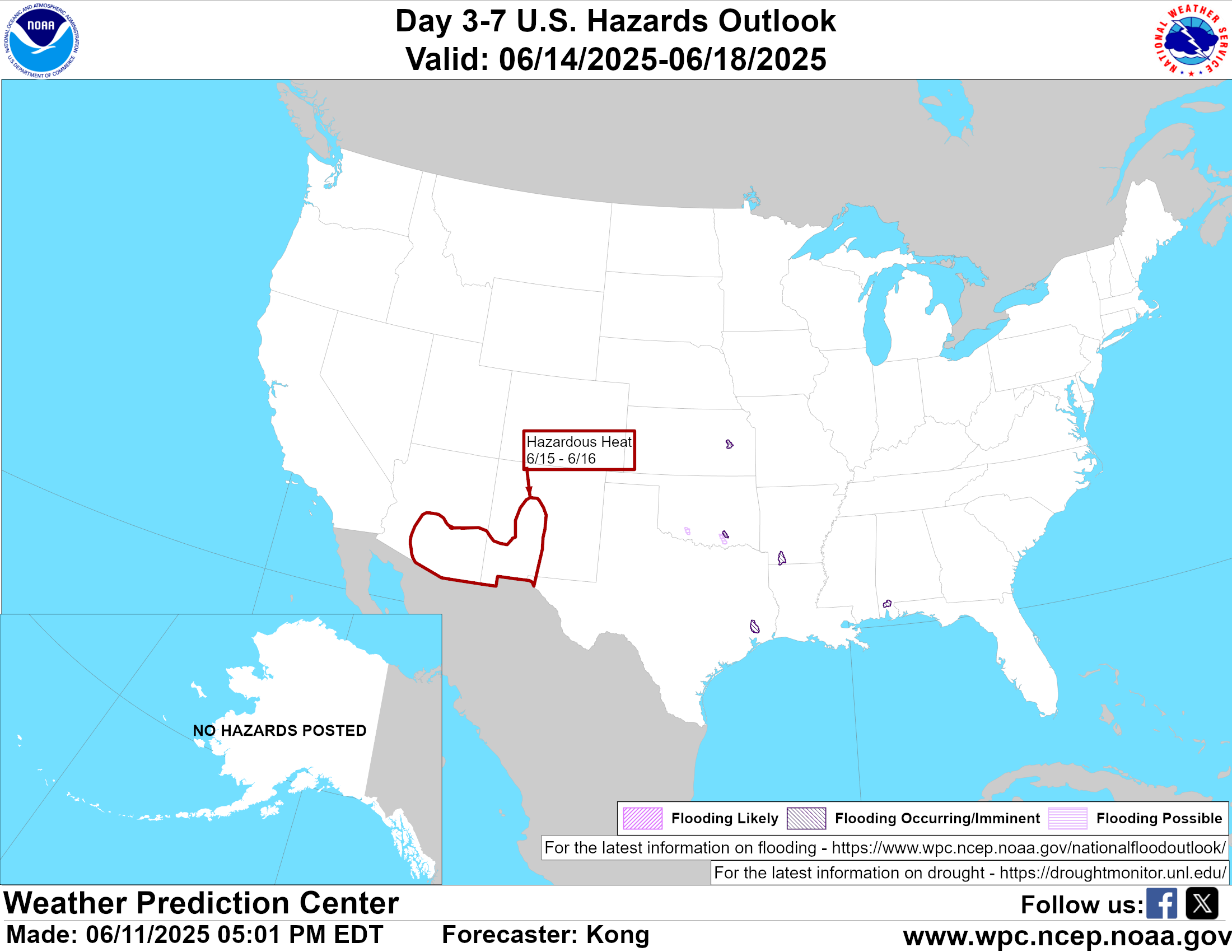
Temperature month to date can be found at https://hprcc.unl.edu/products/maps/acis/MonthTDeptUS.png
Precipitation month to date can be found at https://hprcc.unl.edu/products/maps/acis /MonthPNormUS.png
World Forecast [that website is has been intermittent so be patient]
Below are the Day 1 -3 and 4-6 forecasts for temperature and precipitation. Updates and much additional information can be obtained HERE
World Temperature Anomalies

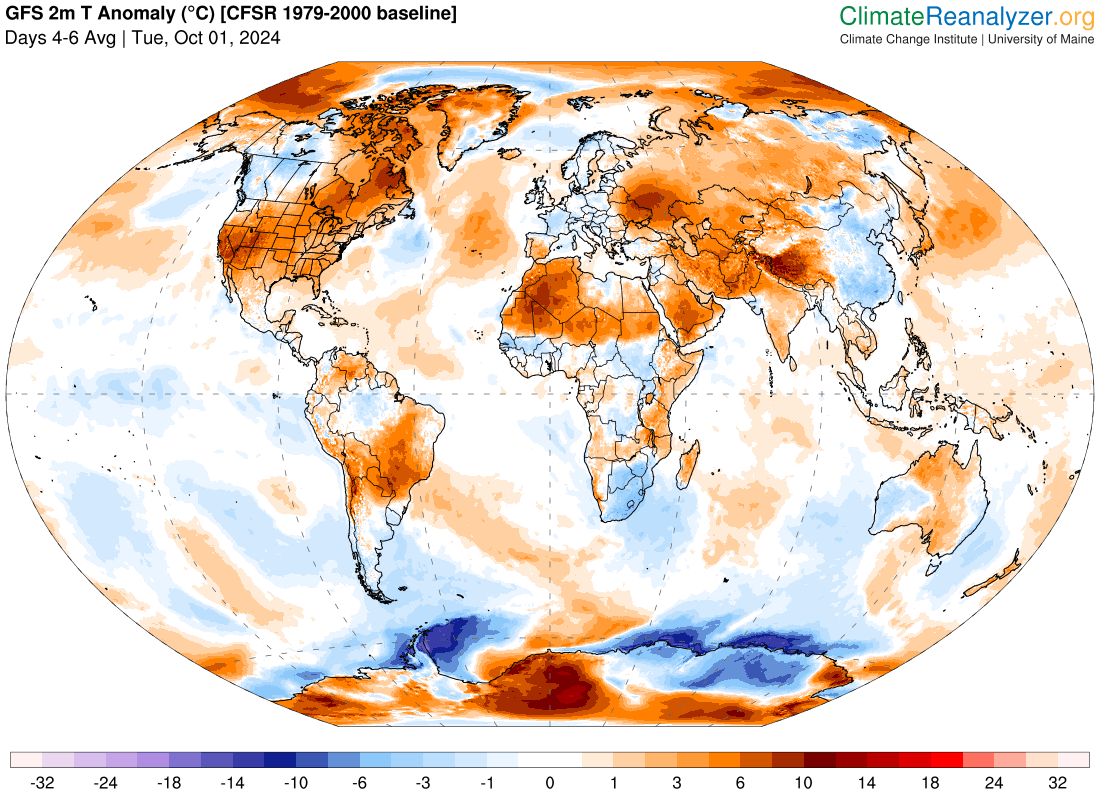
World Accumulated Precipitation
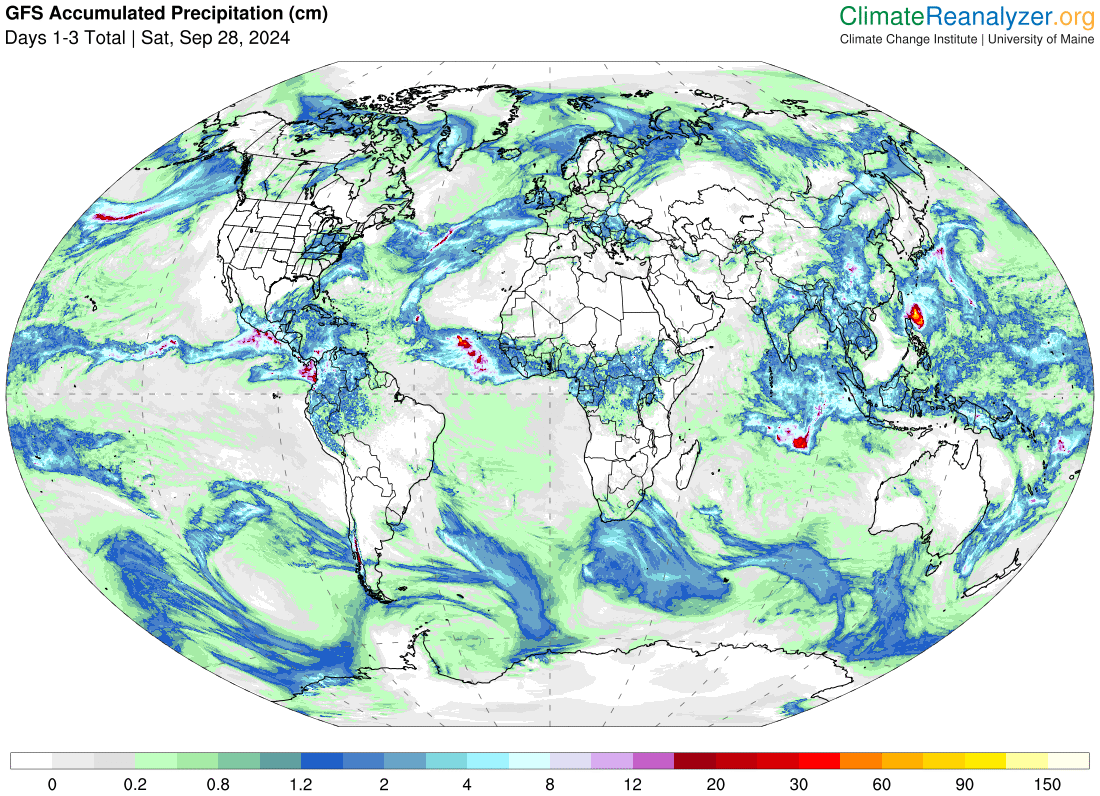

This information is provided by the University of Maine. They draw upon many different sources. There is a lot of information available at the link provided. I have just provided two useful forecasts. There are probably over a hundred different forecasts available from this source.
Worldwide Tropical Forecast (This is a NOAA Product)
This graphic updates on Tuesdays) If it has not been updated, you can get the update by clicking here Readers will only have to do that if they are reading this article much later than the date of it being published.
Information on Tropical Storms can be found HERE. Western Pacific information can be found HERE. Note that unless there is an out-of-season storm the below images will not update until the National Hurricane Center starts their seasonal update of these maps on June 1. I include them simply because there can be an out-of-season event in which case it should show up in these maps.


–
| I hope you found this article interesting and useful. |

